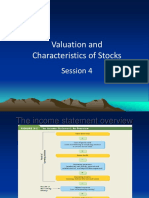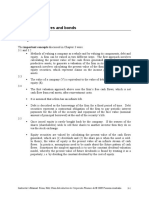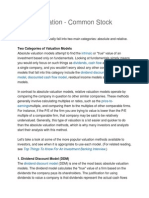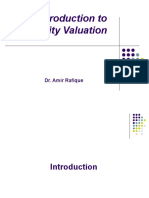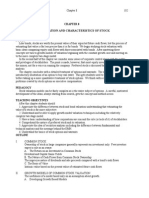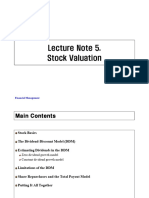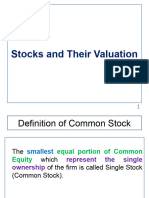0% found this document useful (0 votes)
43 views12 pagesStock and Equity Valuation Guide
1) Common stock represents ownership in a company. It has residual claim to a company's assets and cash flows after all other obligations are met. Common stockholders have voting rights but limited liability.
2) Preferred stock is similar to common stock but has priority over common with regards to dividends and liquidation. It has characteristics of both common stock and debt.
3) There are various models to value equity including balance sheet methods like book value, discounted cash flow methods like the dividend discount model, and relative valuation methods like price-to-earnings ratios. The dividend discount model values equity based on the present value of expected future dividends.
Uploaded by
elnathan azenawCopyright
© © All Rights Reserved
We take content rights seriously. If you suspect this is your content, claim it here.
Available Formats
Download as DOCX, PDF, TXT or read online on Scribd
0% found this document useful (0 votes)
43 views12 pagesStock and Equity Valuation Guide
1) Common stock represents ownership in a company. It has residual claim to a company's assets and cash flows after all other obligations are met. Common stockholders have voting rights but limited liability.
2) Preferred stock is similar to common stock but has priority over common with regards to dividends and liquidation. It has characteristics of both common stock and debt.
3) There are various models to value equity including balance sheet methods like book value, discounted cash flow methods like the dividend discount model, and relative valuation methods like price-to-earnings ratios. The dividend discount model values equity based on the present value of expected future dividends.
Uploaded by
elnathan azenawCopyright
© © All Rights Reserved
We take content rights seriously. If you suspect this is your content, claim it here.
Available Formats
Download as DOCX, PDF, TXT or read online on Scribd
/ 12






